- Play Hard
- 2nd Oct 2021
- 1.2k Views
- 0
- 1 minutes
What inspires The Biscuit Factory’s latest exhibitor, Juliet E.P. Gibbs?

We chat to the 25-year-old oil painter about the isolation of art, the inspiration inside English country houses and why she’s chosen to exhibit her latest collection of work at Newcastle’s The Biscuit Factory.
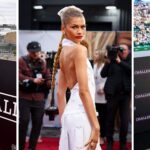
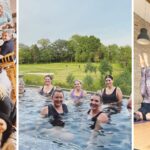
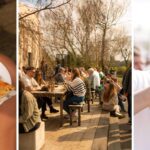
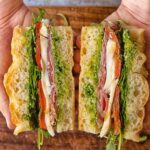
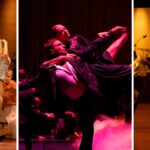
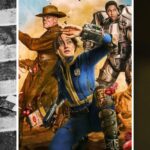
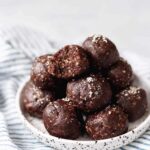
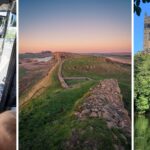


Comments